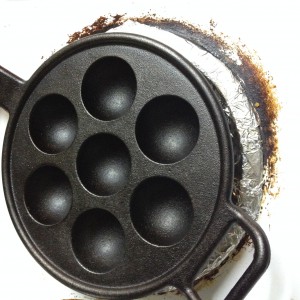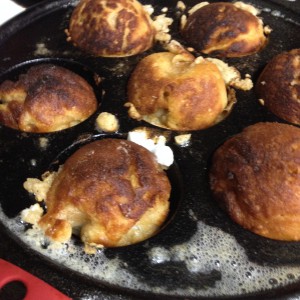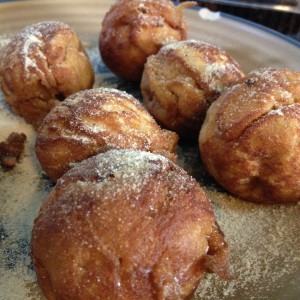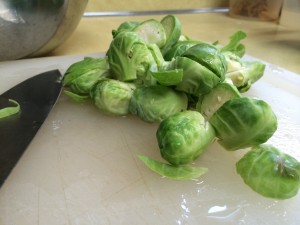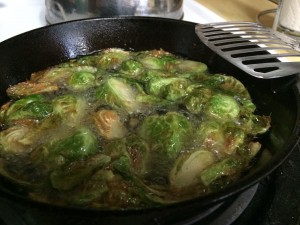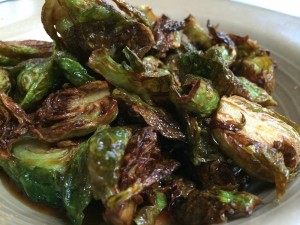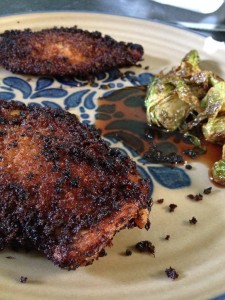Back to Basics: Eggs in Anchovy Cream
Part of winding down my graduate studies has been a return to exploring new recipes at home. The time constraints of a full-time job and a part-time graduate program had lead to a more narrow set of meal options than usual. Now, free of that, I’ve taken to picking up occasional recipes from Instagram folk, like Corre Larkin, or cookbook authors (Jon Kung or Khushbu Shah).
What I like about food social media during this phase is the “share and share credit” approach. Corre posted a short video of Eggs in Anchovy Cream Sauce, crediting April Bloomfield, showing the approach and introducing me to a chef (and her book).
This recipe comes together quickly and is great with some sourdough “soldiers”.
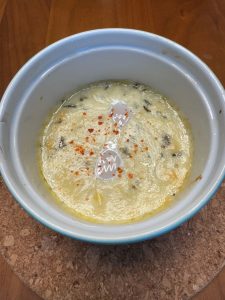
- Prep Time: 5
- Cook Time: 15
- Total Time: 20 minutes
- Yield: 2 1x
Ingredients
- 1 (large) garlic clove (crushed, peeled, and finely chopped)
- 1tsp fresh tarragon leaves
- 1T unsalted butter
- 2 and a half whole anchovy fillets (rinsed)
- 6T heavy cream
- 1/4 tsp finely grated lemon zest
- Some paprika
- 4 eggs
Instructions
Preheat oven to 400degF
Prepare a bain-marie with an oven proof 9″x13″ casserole dish.
- In a smaller saucepan, add 1T unsalted butter and bring to foam on medium-high heat.
- Add finely chopped garlic and allow to slightly brown (while stirring) ~1min.
- Turn off heat and add rinsed anchovies, breaking them up with a spoon or spatula.
- Add cream and lemon zest and stir to combine.
- Snip in tarragon leaves to your taste.
- Bring to boil on medium-high heat and then remove.
As the anchovy cream sauce slightly cools, prepare two large ramekins by rubbing butter on the inside to prevent sticking.
Add anchovy cream sauce to the ramekins, then crack in two eggs into each ramekin.
Top with some chili salt or paprika.
Place ramekins into the bain-marie ( I used boiling water ) and place into the oven.
Bake about 15 minutes, remove, and then allow to carry over cook while toasting some bread!
Top with some additional tarragon if desired and serve alongside sourdough bread “soldiers”; dip in and consume.
Notes
I used two larger ramekins for this, each of which easily held two eggs and the anchovy cream compound.
As ovens may vary, keep in mind that you’re trying to get a runny yolk or jammy yolk. I found longer than 15 minutes in the oven lead to yolks that were just a little too done.


